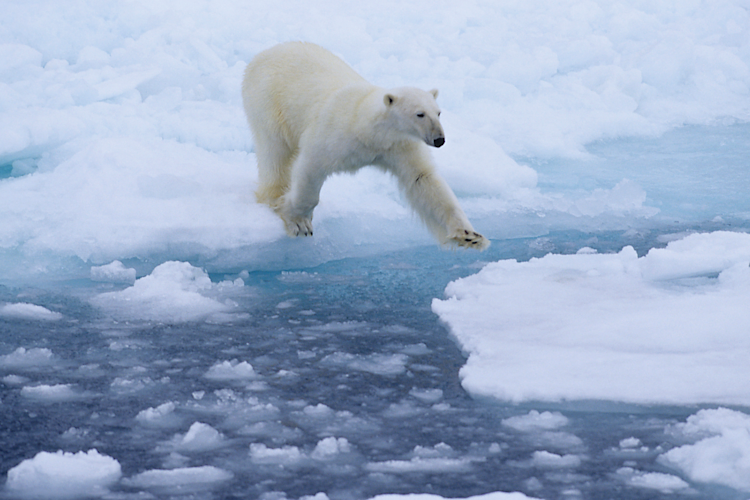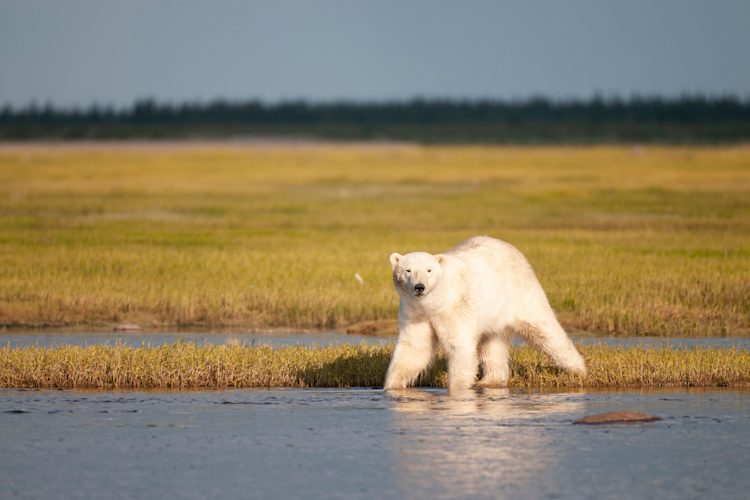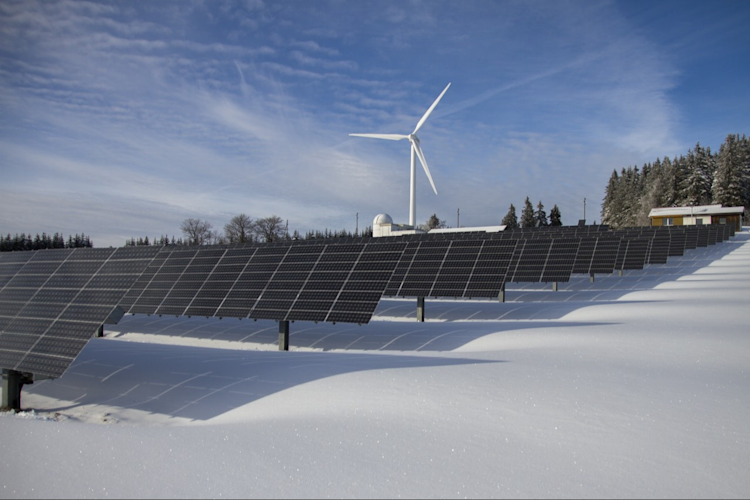Photo: BJ Kirschhoffer / Polar Bears International
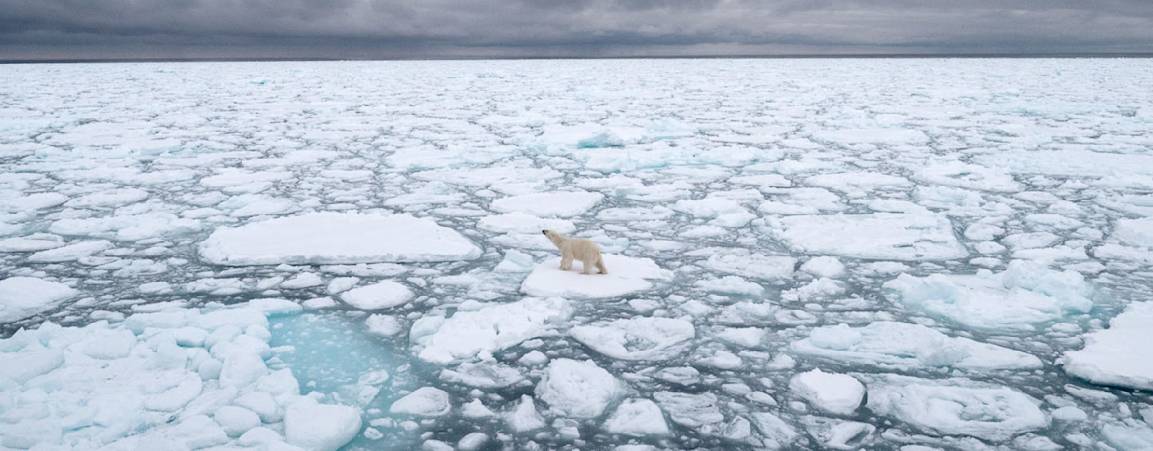
Arctic Sea Ice Day
Arctic Sea Ice Day is July 15th!
Arctic Sea Ice Day is July 15! Join us by learning about sea ice and why it matters, tuning in for our live event, taking part in our “Talk About It” campaign, donating, and more. Scroll below for details.

Photo: Jenny Wong
Did You Know?
The Arctic is now warming nearly four times as fast as the rest of the planet, causing the sea ice to melt. Sea ice is crucial for polar bears as well as other species like beluga whales, seals, and humans. A recent study predicts that the Southern and Western Hudson Bay polar bears — bellwethers for other polar bear populations — will likely become extinct if we fail to meet the goals set at the Paris Climate Agreement.
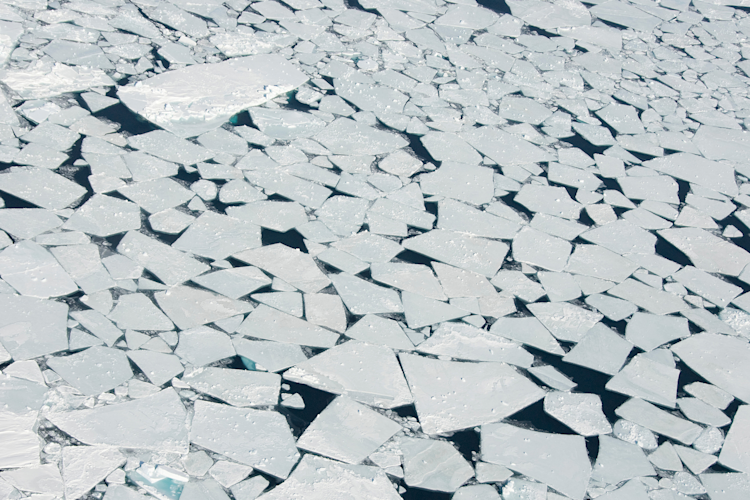
Photo: Daniel J. Cox
But it’s not just about polar bears.
Sea ice serves as the earth’s air conditioner, helping to keep our planet cool. It’s also the basis of the Arctic marine food web and is used by Northern communities for transportation and access to food.
It's important to work together to protect the sea ice that all of us rely on.
Get Involved on Arctic Sea Ice Day


Donate to support our work.
You can make a difference! Together, we can save sea ice and ensure polar bears roam the Arctic for generations to come.
Sport a Conversation-Starting Shirt
Shop our Keep It Cool collection and spark a conversation on why protecting polar bears and their Arctic sea ice home matters to you!
Tune into our live event.
Join us on Arctic Sea Ice Day, July 15, at approximately 11 a.m. CT as we launch our Beluga Boat Cams and discuss Arctic ecology, sea ice, and beluga whales, live from the Churchill River!
Learn about Arctic sea ice.
Discover surprising facts about this remarkable frozen ecosystem and its connection to our global climate.
Explore the world of belugas.
Watch our live Beluga Cams and learn why sea ice is important to polar bears, people, and other wildlife.
Watch a video on sea ice ecoregions.
Learn about the 4 sea ice habitats where polar bears roam—and why some sea ice is better for the bears than others.
Talk About It
What can you do to move the world toward action on climate change and save Arctic sea ice for polar bears? Start by talking about it.
Why? Because if no one is talking about it, we can’t build support for meaningful action.
This year, with so many critical elections around the globe, it's important to keep climate change in the conversation so we can elect leaders who support action. In the U.S., the presidential and Senate outcomes could also impact the Supreme Court.
Here are a few tips for having these important conversations:
Focus on what draws you together. Instead of bombarding people with facts, focus on what connects you to the other person—whether it’s skiing, a local extreme weather event, a love of fly-fishing, or children and grandchildren. Then connect the dots between what you both care about and our changing climate.
Listen. Show respect for other person’s experiences by actively listening in the conversation. Ask questions and talk about their concerns. Interacting from a place of mutual respect will help you maintain a more honest and open dialogue.
Don’t pretend to have all the answers. You don’t need to understand complex climate models or all the proposed solutions. The point is simply to talk about the issue and share concerns instead of avoiding them. By making climate change an everyday topic, you’ll help normalize caring for the environment and the need to change systems—bringing your friends, family, and community into the conversation.
Special thanks to Science Moms and NNOCCI for teaching people around the world how to talk about climate warming.
Photo: BJ Kirschhoffer / Polar Bears International
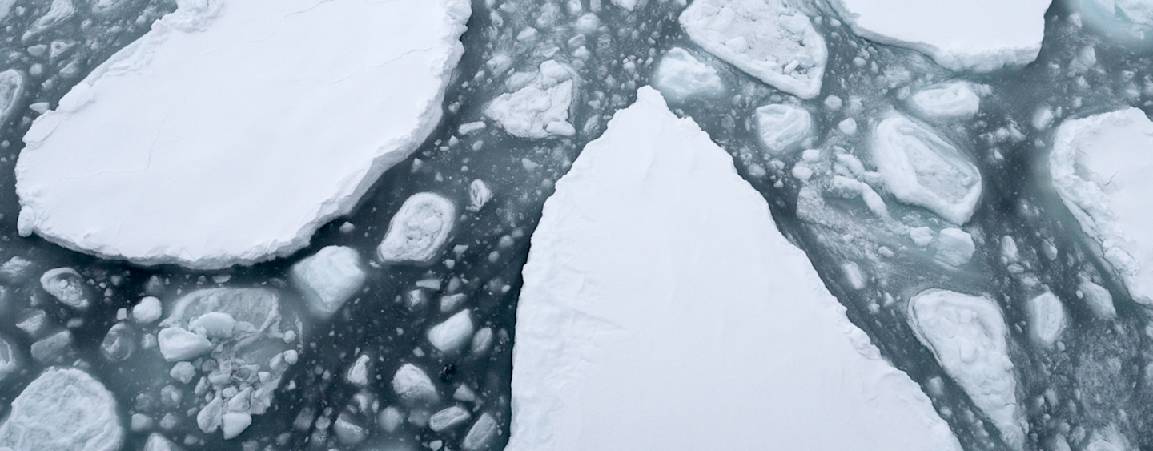
Check Out Our Toolkit
Interested in using your voice and platform to raise awareness? Our toolkit provides extra action tools, resources, and ways to get involved!
